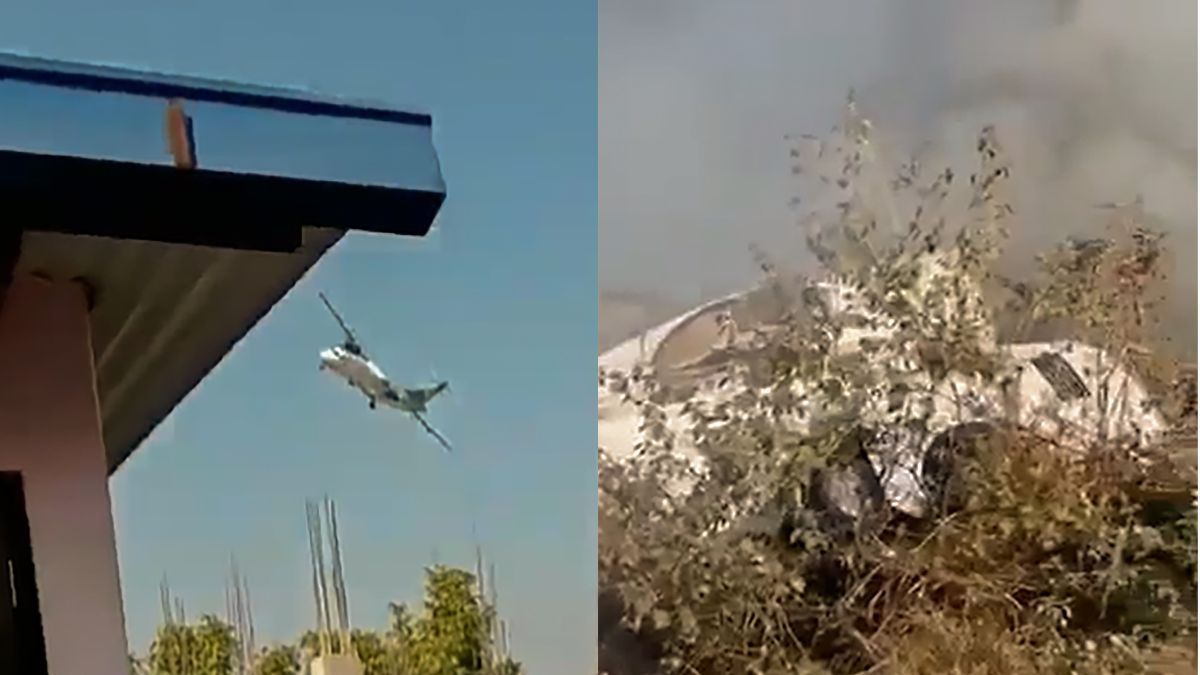Plane crashes December 2030: Imagine a future where unforeseen circumstances lead to devastating air disasters. This exploration delves into the potential causes, consequences, and responses to hypothetical plane crashes in December 2030. We’ll examine everything from severe weather and mechanical failures to human error and the role of emerging technologies in aviation safety. Get ready for a detailed look at what could go wrong, and how we might handle it.
Okay, so you’re looking into plane crashes in December 2030? That’s a pretty specific search! To help you broaden your search, consider looking at the impact of unlikely events – for example, did you know the actor who played Thanos in Avengers also appeared in Squid Game? Check out this interesting article about him: thanos squid game actor.
Anyway, back to plane crashes in December 2030, remember to consider factors like weather patterns and air traffic volume when researching this.
We’ll cover a range of scenarios, from the immediate economic impact on airlines and passenger confidence to the long-term effects on regulations, insurance, and public perception. We’ll also explore the crucial role of emergency response teams, the challenges of investigation in harsh winter conditions, and the potential for misinformation in the media. Finally, we’ll consider how advancements in technology could help prevent similar tragedies in the future.
Potential Causes of Hypothetical Plane Crashes in December 2030
Analyzing potential causes of plane crashes in December 2030 requires considering a range of factors, from adverse weather to technological failures and human error. December’s weather patterns often present significant challenges for aviation, and technological advancements, while offering benefits, also introduce new potential points of failure. This section will explore these various contributing factors and their potential impact.
Thinking about plane crashes in December 2030? It’s a sobering thought, prompting us to look at past incidents to learn. For example, you might find discussions on similar events, like the details surrounding a past tragedy, by checking out the online chatter on korean plane crash reddit. Studying these past events helps us understand the complexities involved in aviation safety and hopefully contribute to preventing future plane crashes in December 2030 and beyond.
Adverse Weather Conditions
December 2030 might see severe storms, including blizzards, heavy snowfall, and icing, impacting aircraft safety. Severe turbulence can damage aircraft structures and cause loss of control. Icing on wings and control surfaces can drastically reduce lift and maneuverability, leading to crashes. The intensity and unpredictability of winter weather increase the risk of accidents significantly. For instance, the 1982 Air Florida Flight 90 crash, which was attributed to pilot error exacerbated by icy conditions, highlights the devastating consequences of inadequate handling of severe winter weather.
Mechanical Failures
Mechanical failures, such as engine malfunctions, structural issues (e.g., fatigue cracks), and hydraulic system failures, remain a potential cause of accidents. The age and maintenance history of aircraft are critical factors. A failure in a critical system can lead to rapid loss of control or catastrophic structural damage. Regular inspections and rigorous maintenance schedules are vital in mitigating this risk.
The 1985 Japan Airlines Flight 123 crash, caused by a faulty rear bulkhead, serves as a grim reminder of the devastating consequences of undetected structural issues.
Human Error
Pilot fatigue, inadequate training, poor decision-making, and navigational mistakes contribute significantly to aviation accidents. Pressure to meet schedules, coupled with long working hours, can lead to fatigue, impairing judgment and reaction time. Communication breakdowns between pilots and air traffic control can also result in accidents. The 2009 Air France Flight 447 crash, largely attributed to pilot error and inadequate response to stall warnings, underscores the importance of robust pilot training and effective cockpit resource management.
Air Traffic Control Failures
Air traffic control (ATC) failures, including communication breakdowns, incorrect instructions, and inadequate situational awareness, can lead to mid-air collisions or runway incursions. High air traffic density during peak travel seasons, such as the holiday period in December, can increase the workload on air traffic controllers, raising the risk of human error. Technological failures within the ATC system can also contribute to accidents.
The 1977 Tenerife airport disaster, which involved two Boeing 747s, was partially attributed to communication errors between the pilots and air traffic control.
Impact of Emerging Technologies
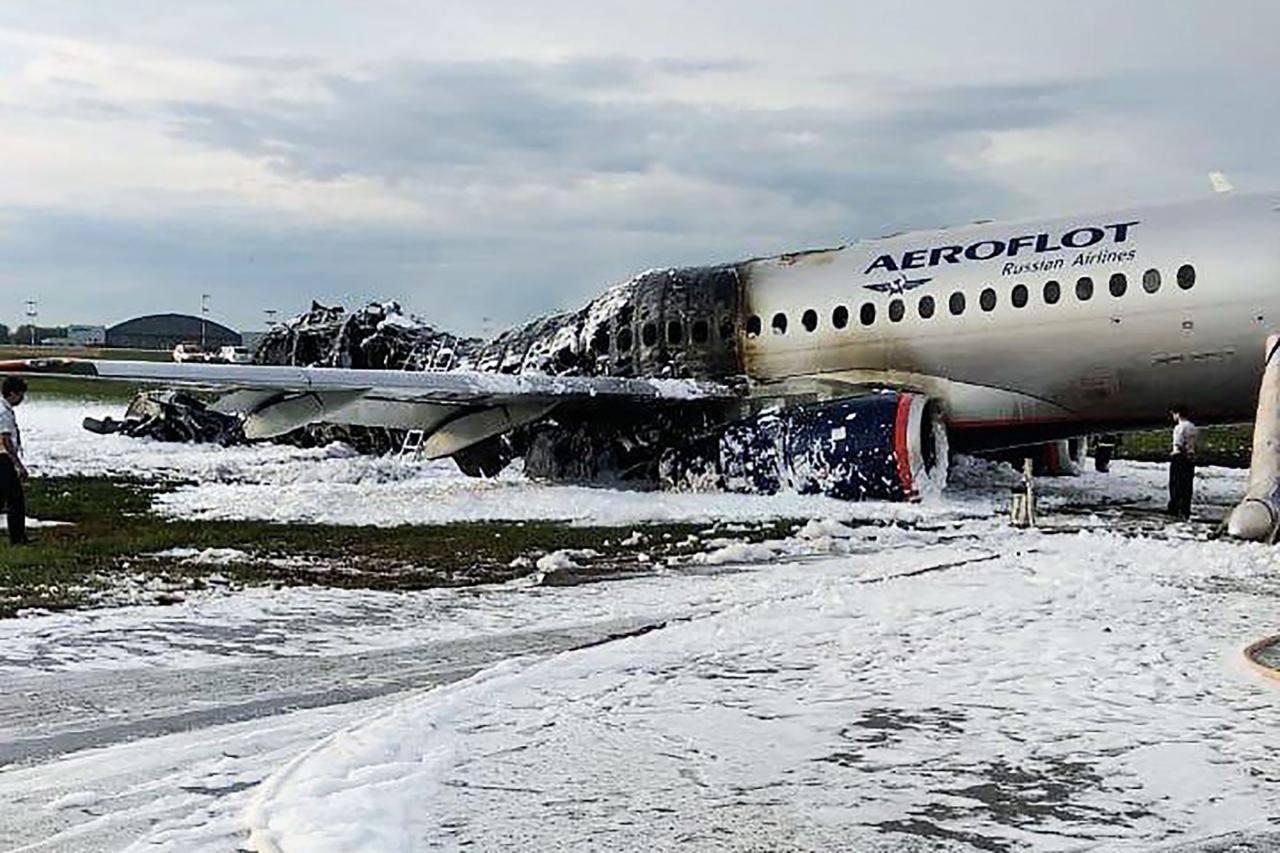
The increasing use of autonomous flight systems and other advanced technologies presents both opportunities and challenges. While these technologies have the potential to enhance safety, malfunctions or unexpected interactions between different systems can lead to unforeseen consequences. Robust testing and validation are crucial to ensure the reliability and safety of these systems. The long-term impact of autonomous flight on accident rates remains to be seen, but careful monitoring and ongoing research are essential.
Likelihood of Different Causes
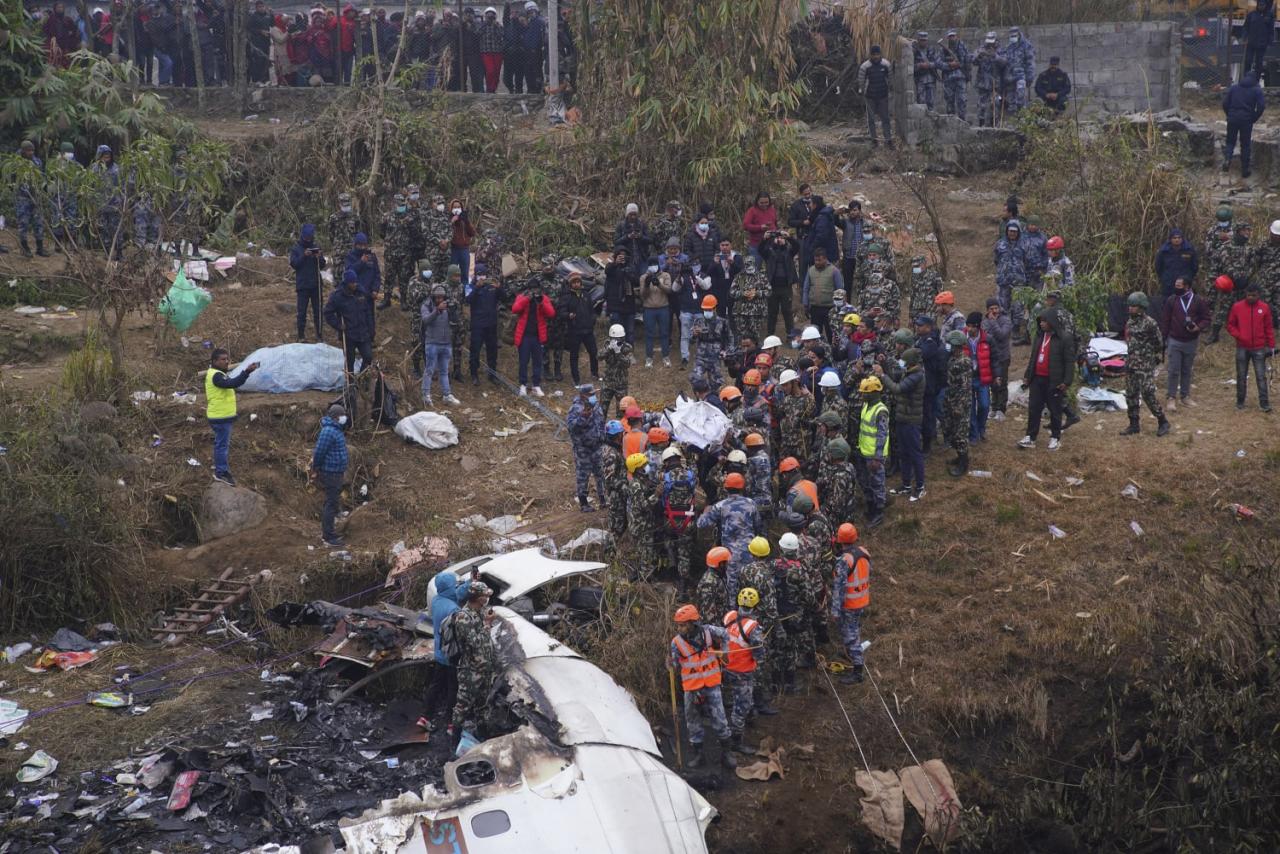
| Cause | Likelihood (Relative) | Contributing Factors | Mitigation Strategies |
|---|---|---|---|
| Adverse Weather | High (December specific) | Severe storms, icing | Improved forecasting, flight diversions |
| Mechanical Failure | Medium | Engine malfunction, structural issues | Rigorous maintenance, regular inspections |
| Human Error | High | Pilot fatigue, poor decision-making | Enhanced training, improved crew resource management |
| ATC Failure | Medium | Communication breakdowns, system failures | Improved technology, enhanced training |
Impact of a Hypothetical December 2030 Plane Crash on the Aviation Industry
A major plane crash in December 2030 would have far-reaching consequences for the aviation industry, impacting airlines, passengers, regulators, manufacturers, and insurers. The immediate and long-term effects would be significant and multifaceted.
Immediate Economic Consequences
Airlines involved in a crash would face immediate financial losses, including costs associated with compensation to victims’ families, aircraft replacement or repair, legal fees, and reputational damage. Stock prices would likely plummet, and investor confidence would be severely shaken. Operational disruptions, such as flight cancellations and grounding of similar aircraft models, would further exacerbate financial losses.
Long-Term Impact on Passenger Confidence
A major accident could significantly impact passenger confidence and air travel demand. Passengers might opt for alternative modes of transportation or delay travel plans, leading to a decrease in air travel revenue for airlines. The recovery of passenger confidence could take months or even years, depending on the scale of the accident and the effectiveness of the industry’s response.
Regulatory Changes
Following a major accident, regulatory bodies would likely initiate investigations and implement new safety regulations. These changes could include stricter maintenance protocols, enhanced pilot training requirements, improvements to air traffic control systems, and modifications to aircraft design. The implementation of new technologies aimed at enhancing safety could also be accelerated.
Impact on Aircraft Manufacturers
Aircraft manufacturers would face scrutiny regarding the safety and design of their aircraft. If design flaws or manufacturing defects are identified as contributing factors, the manufacturer would face significant financial and reputational damage. They would likely be forced to recall and modify aircraft, incurring substantial costs. Their safety protocols and testing procedures would also come under intense review.
Effects on Insurance Premiums and Liability
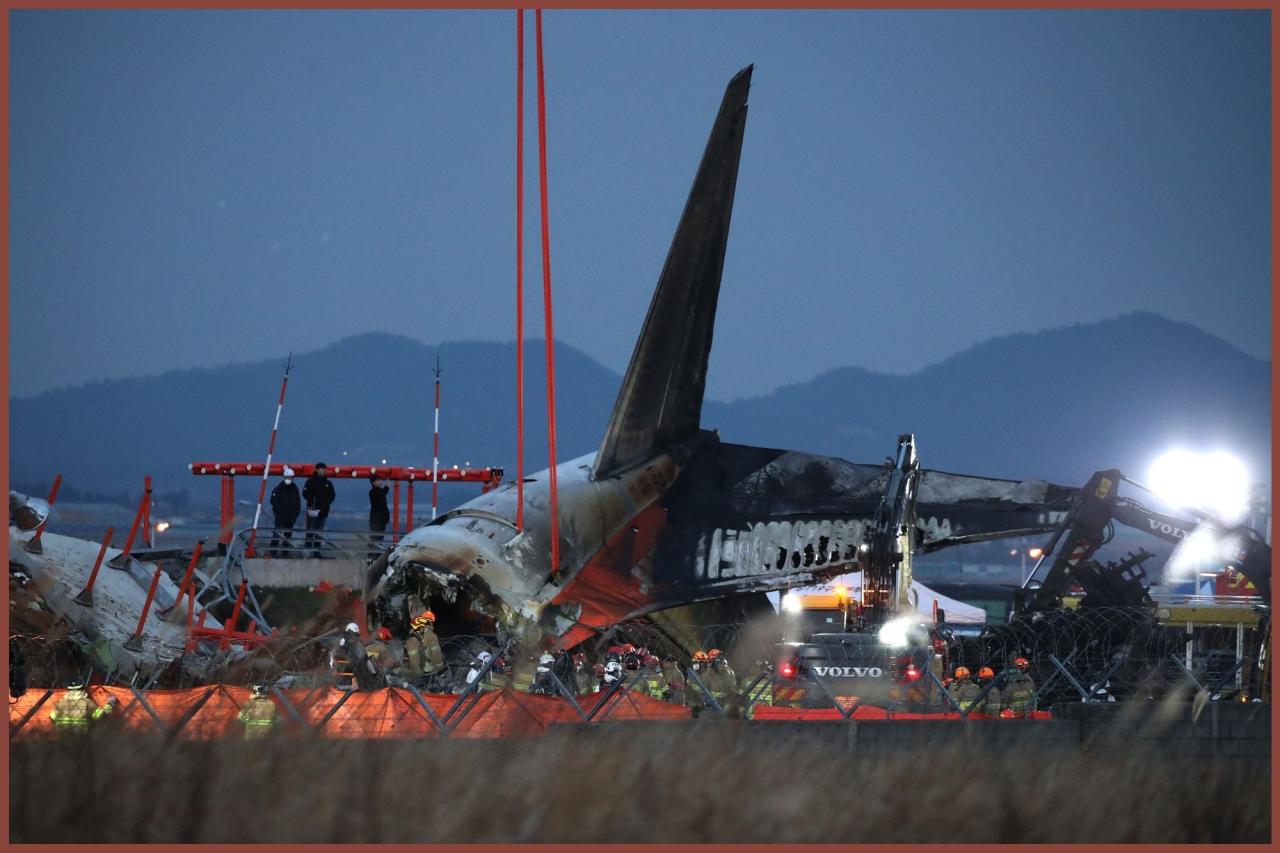
Insurance premiums for airlines and aircraft manufacturers would likely increase following a major accident. Insurers would reassess their risk assessments and adjust premiums to reflect the increased likelihood of future accidents. The legal liabilities faced by airlines, manufacturers, and other stakeholders could be substantial, leading to lengthy and costly legal battles.
Timeline of Events and Effects
A hypothetical timeline could include: immediate emergency response, investigation phase (weeks to months), regulatory changes (months to years), insurance claims and settlements (months to years), long-term impact on passenger confidence (years), and technological advancements (ongoing).
Emergency Response and Aftermath of a Hypothetical December 2030 Plane Crash
Effective emergency response is critical in minimizing casualties and facilitating a swift and thorough investigation following a plane crash. The challenging winter conditions in December would add complexity to rescue and recovery efforts.
Emergency Response Procedures
Emergency response teams, including firefighters, paramedics, and search and rescue personnel, would be deployed to the crash site. Their primary focus would be on rescuing survivors, providing medical assistance to the injured, and securing the crash site to prevent further harm. The challenging winter conditions (snow, ice, darkness) would necessitate specialized equipment and procedures. Coordination between various agencies and teams would be crucial for an efficient response.
Victim Identification and Recovery
Victim identification and recovery would involve careful examination of remains, DNA analysis, and comparison with passenger manifests. The process would be meticulous and could take several days or weeks, particularly if the crash site is difficult to access or if the wreckage is severely damaged. Respectful handling of remains and support for families of victims would be paramount.
Investigation Process
A comprehensive investigation would be launched to determine the cause of the crash. This would involve examining the wreckage, analyzing flight data recorders (black boxes), interviewing witnesses, and reviewing maintenance records. The investigation would follow established protocols and could take months or even years to complete. The findings would be made public to inform future safety improvements.
Challenges Faced by First Responders
First responders would face numerous challenges in a winter environment, including limited visibility, difficult terrain, and extreme cold. Specialized equipment, such as snowmobiles, all-terrain vehicles, and thermal imaging cameras, would be necessary. The risk of hypothermia for both rescuers and survivors would need to be carefully managed.
Communication Protocols
Clear and effective communication is crucial during an emergency. Established protocols would be used to coordinate the efforts of various agencies and teams. This includes the use of dedicated radio frequencies, satellite communication, and established command structures. Regular updates would be provided to the public and families of victims.
Emergency Response Flowchart
A flowchart would illustrate the sequence of events, starting with initial notification, dispatch of emergency services, securing the crash site, rescue and medical assistance, victim identification and recovery, investigation commencement, and communication with families and the public.
Thinking about plane crashes in December 2030? It’s a sobering thought, prompting us to examine past aviation tragedies to learn from them. For instance, studying the details of the jeju plane crash offers valuable insights into potential safety improvements and preventative measures. Understanding these past events helps us better prepare for, and hopefully prevent, future plane crashes in December 2030 and beyond.
Public Perception and Media Coverage of a Hypothetical December 2030 Plane Crash
Public perception and media coverage of a hypothetical December 2030 plane crash would significantly shape the narrative and impact the aviation industry. The speed and reach of modern media, especially social media, would play a crucial role in shaping public opinion.
Media Portrayal
Different media outlets might portray the event with varying degrees of sensationalism and accuracy. Some might focus on the human stories of victims and survivors, while others might emphasize the technical aspects of the crash and the subsequent investigation. The initial reports might be fragmented and inaccurate due to the chaotic nature of the immediate aftermath.
Impact of Social Media
Social media would likely play a significant role in disseminating information and rumors. Eyewitness accounts, speculation, and unverified information could spread rapidly, potentially creating confusion and anxiety. Social media platforms would become important channels for both factual updates and misinformation.
Psychological Effects
The crash would have profound psychological effects on the public, particularly families of victims. Grief, trauma, and a sense of loss would be widespread. Support services and counseling would be crucial to help individuals and communities cope with the emotional aftermath. The psychological impact would extend beyond immediate victims to include those who witnessed the crash or learned about it through media coverage.
Misinformation and its Impact, Plane crashes december 2030
The rapid spread of misinformation could exacerbate public anxiety and distrust in the aviation industry. Unverified claims and conspiracy theories could gain traction, making it challenging to manage public communication and maintain confidence in the investigation process. Combating misinformation would require proactive efforts from official sources and fact-checking organizations.
Strategies for Managing Public Communication
Effective crisis communication strategies would be crucial to manage public perception and prevent the spread of misinformation. This would involve establishing a central communication hub, providing timely and accurate updates, actively addressing public concerns, and working with media outlets to ensure responsible reporting. Transparency and open communication would be vital in maintaining public trust.
Range of Public Reactions
Public reactions would range from grief and sympathy to anger and outrage, depending on the circumstances of the crash and the perceived responsibility of different stakeholders. Some might call for stricter regulations, while others might focus on supporting the victims and their families. Public opinion would likely influence policy decisions and the future direction of the aviation industry.
Technological Advancements to Prevent Future Accidents: Plane Crashes December 2030
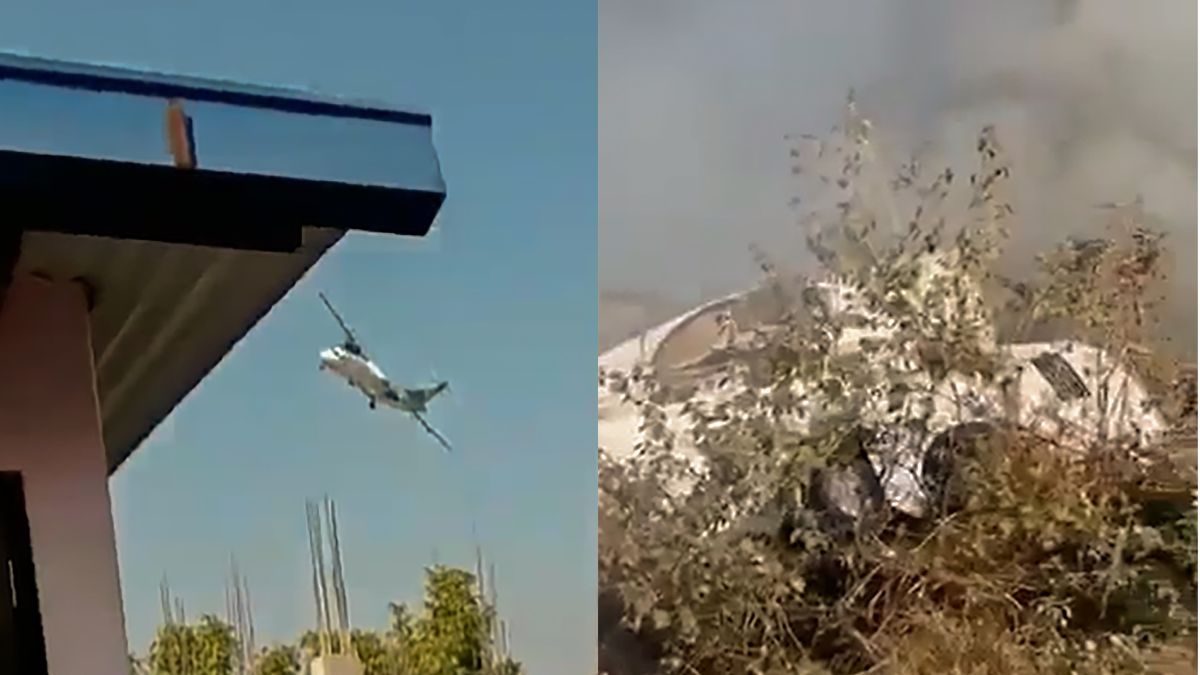
Technological advancements offer significant potential for enhancing aviation safety and preventing future accidents. These improvements span various areas, from weather forecasting to aircraft design and air traffic control systems.
Technological Solutions
- Improved Weather Forecasting: More accurate and timely weather forecasting, utilizing advanced satellite technology and sophisticated weather models, would allow for better flight planning and avoidance of hazardous weather conditions.
- Advancements in Aircraft Design: Improved materials, enhanced structural integrity, and more robust systems would reduce the likelihood of mechanical failures and improve survivability in the event of an accident.
- Advanced Pilot Training and Simulation: Immersive flight simulators and advanced training programs would better prepare pilots for handling emergencies and challenging weather conditions.
- Improvements in Air Traffic Control Systems: Advanced radar systems, improved communication technologies, and automation would reduce human error and enhance situational awareness in air traffic control.
- Enhanced Collision Avoidance Systems: More sophisticated collision avoidance systems, utilizing advanced sensors and AI-powered algorithms, would help prevent mid-air collisions.
- Real-time Health Monitoring Systems: Systems to monitor pilot health parameters (fatigue, stress) in real-time, alerting ATC or ground control when necessary.
Last Point
Understanding the potential for plane crashes in December 2030, even hypothetically, allows us to proactively address safety concerns and improve aviation practices. By examining various contributing factors and outlining potential responses, we can strive towards a safer future for air travel. The insights gained from this hypothetical analysis highlight the crucial interplay between technology, human factors, and effective emergency response in mitigating risks and minimizing the impact of future aviation incidents.
Let’s use this knowledge to build a more resilient and safer aviation industry.
Popular Questions
What role could climate change play in December 2030 plane crashes?
Increased frequency and intensity of severe weather events due to climate change could significantly increase the risk of accidents, particularly in December’s often harsh conditions.
How might social media impact the aftermath of a hypothetical crash?
Social media could rapidly spread both accurate and inaccurate information, potentially causing confusion and panic. Managing the flow of information would be crucial.
What are some less-discussed potential causes of a plane crash?
Cybersecurity breaches targeting aircraft systems, sabotage, or even unforeseen interactions between new technologies are all potential, albeit less probable, causes.
What types of insurance are affected by aviation accidents?
Airlines, manufacturers, airports, and even passengers themselves hold various types of insurance policies that would be impacted by a major crash, leading to complex claims processes.
